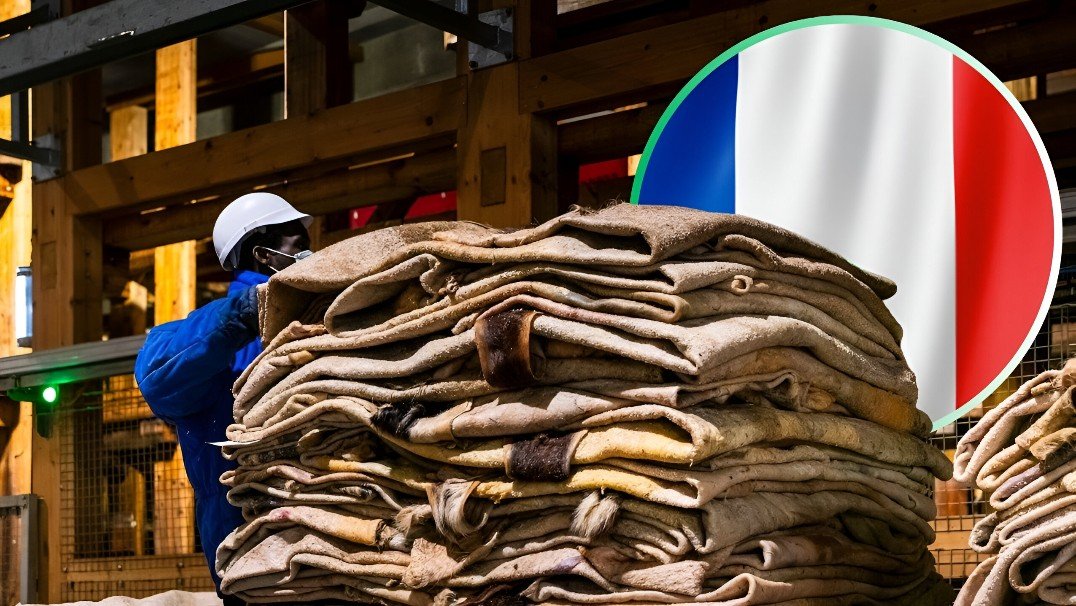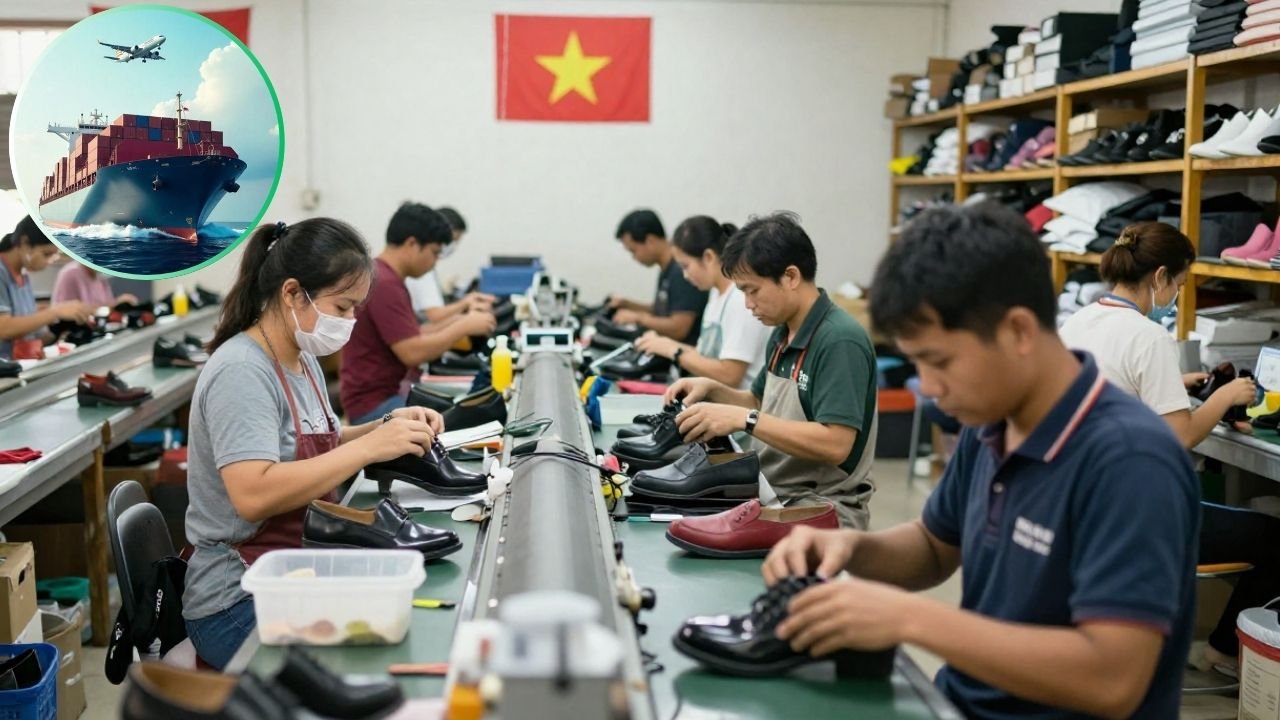The U.S. footwear market experienced a slight dip in the third quarter of 2024, as the sector faced a 1% drop in sales compared to the same period last year.
Circana’s latest data reveals that industry sales in Q3 amounted to $10.5 billion, covering wholesale footwear from July through September.
Notably, these figures exclude sales from direct-to-consumer (D2C) channels, focusing solely on wholesale market performance.
Despite this modest downturn, industry players are optimistic about a stronger end to the year, with consumer sentiment showing signs of improvement as the holiday season approaches.
Performance footwear, a category that has outperformed for several quarters, saw flat growth, holding steady at $2.2 billion.
The resilience in this segment is largely due to rising demand for soccer and tennis shoes, which Circana reports have grown consistently.
Additionally, running shoe sales increased by 4% in Q3, reflecting steady interest from fitness-focused consumers.
The athleisure market showed promising growth in Q3, especially in running, soccer, and training-inspired sneakers, which emerged as top-selling styles across the market.
Sales in the broader leisure footwear category climbed by 3% YOY to reach $5.2 billion, indicating solid consumer interest in comfort and casual styles.
The demand for athleisure footwear reflects broader trends in lifestyle-focused fashion, as consumers increasingly value comfort and functionality.
However, the fashion-oriented segment of the footwear market did not fare as well. Sales in this category dropped by 6%, totaling $3.1 billion for the quarter.
Within fashion footwear, certain styles showed resilience: flats, ballerinas, pumps, and especially slippers performed well, bolstered by back-to-school shopping in early fall.
High shaft boots, which saw a 30% increase, and winter/snow boots, which rose by 10% compared to Q3 2023, also offered bright spots in an otherwise subdued fashion segment.
Looking ahead to Q4, the holiday season offers a glimmer of hope for the footwear market. Circana’s Holiday Purchase Intentions report indicates that consumer spending intentions are up, with shoppers planning to spend an average of 2% more than last year.
The report also shows that Black Friday expectations have reached a four-year high, as consumers anticipate finding more significant holiday deals in 2024.
This positive outlook is partly due to improving economic confidence, as more consumers express a desire to invest in apparel and footwear as holiday essentials.
In conclusion, despite a challenging third quarter, the U.S. footwear market is positioning itself for a potential rebound during the holiday season. With rising consumer optimism and an expected increase in holiday travel, the industry may see a lift in sales as shoppers gear up for festive purchases.
The original article was published by FootwearNews












